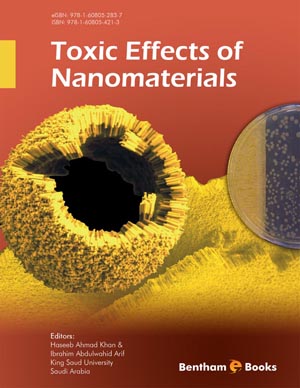Abstract
Most potential benefits of nanotechnology in industrial processes and in medicine are inimitable. The versatility of magnetic nanoparticles (MNP) is mainly due to their small size-induced properties, which govern their ability to readily respond to an external magnetic field and their achievable functionality as bioactive agents. Both of these two characteristics may be built either individually or be suitably combined. However, any potentially harmful consequence of MNPs to the integrity of healthy human tissues must be safely and seriously taken into account. Scientific researcher, commercial manufacturers and government staffs along with all those expertises concerned with eventual pernicious effects of chemical synthetic products on the natural environment increasingly require futher studies on toxicity effects of nanoparticles, particularly as constituents of those materials more often used in commercial products destined to internal medicine therapy or dignostic procedures, or to other less critical toxic principles for humans, such as in daily used over-skin creams and body cosmetics. Regulatory laws on the use or manipulation of toxic products rely on the accuracy and right choice of test protocols to evaluate their real organic safety. Multidisciplinary studies envolving nanomaterials, toxicitivity as well as biomedical and other disciplins will certainly guide the development of advanced and futurely still more biocompatible materials and devices to be used in medical practices.
Keywords: Magnetic nanoparticles, Iron oxide nanoparticles, Safety, Clinical applications, Diagnostics, Therapy




















